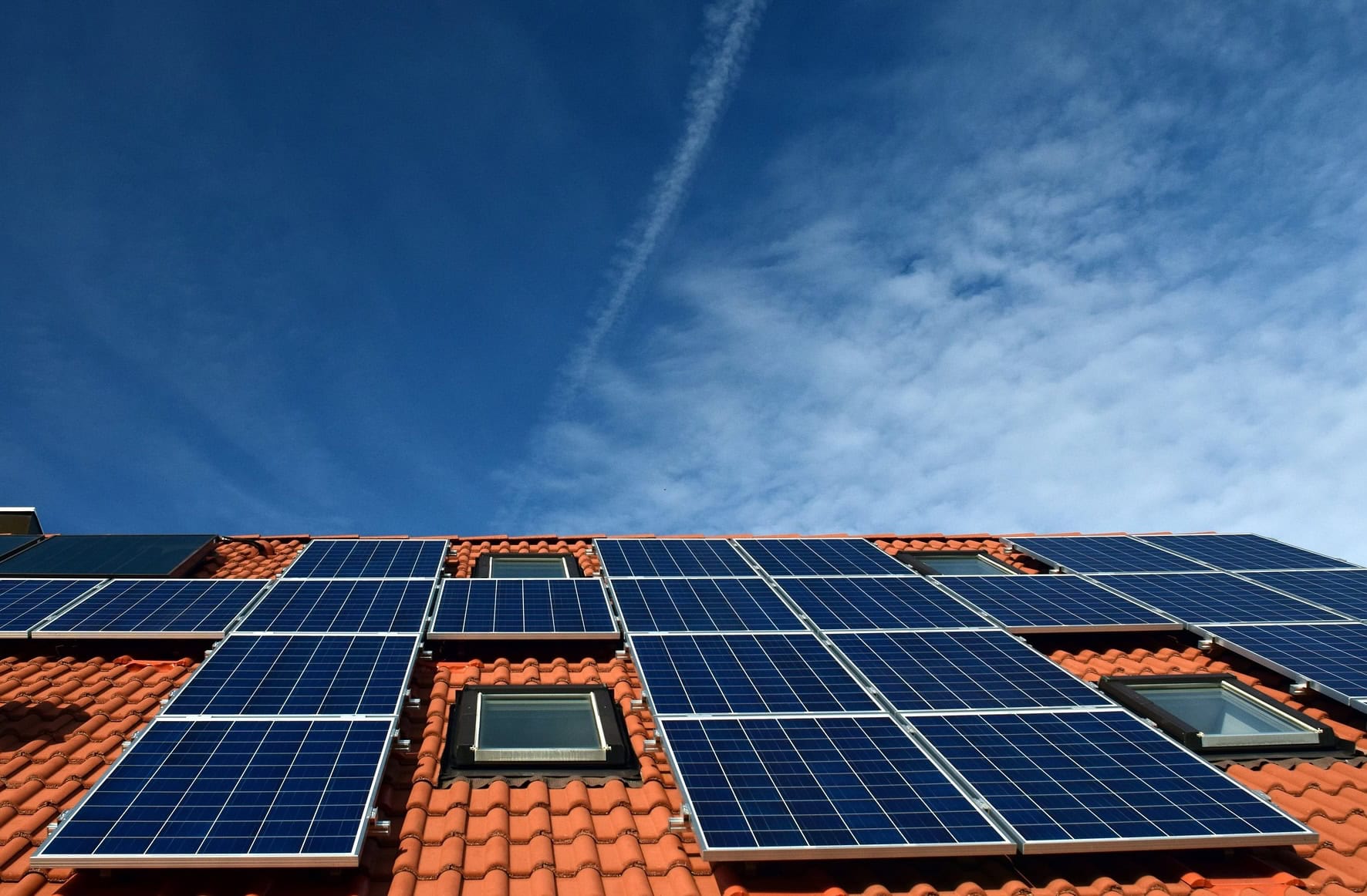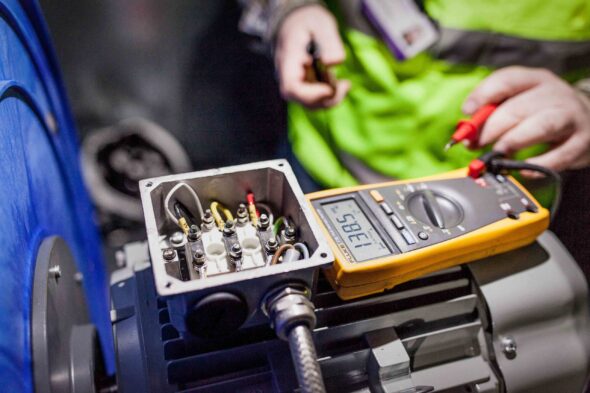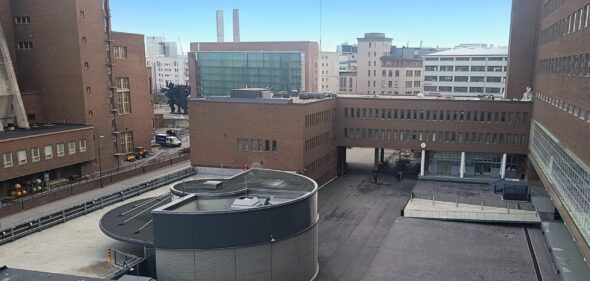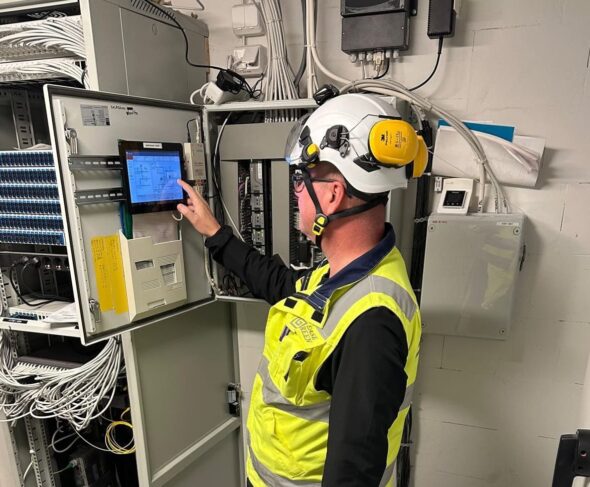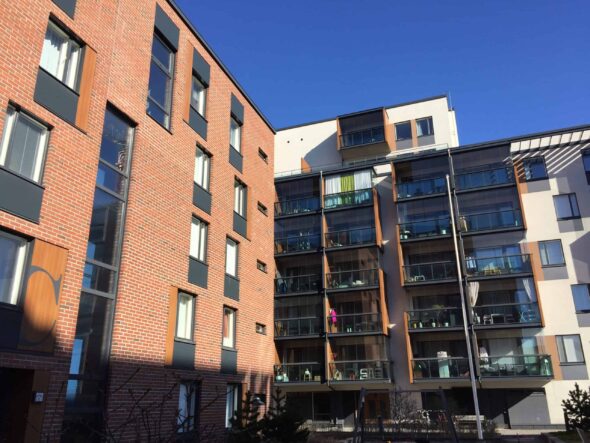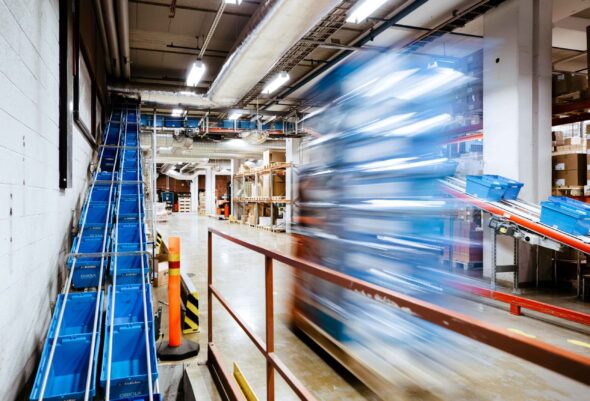In this article, we will discuss the main benefits of solar energy for housing associations and property owners and how this form of energy is suitable for Finnish conditions.
Background:Solar energy is growing in popularity and the EU is pushing for its use in new buildings
The Energy Efficiency Directive, adopted by the EU in spring 2024, requires all new residential buildings to be fitted with solar panels if it is technically, economically and operationally feasible. Rather than individual homeowners, each EU country will set out measures to improve the energy efficiency of its entire building stock(YM 2024). However, solar energy is a key part of this reform, as it will accelerate buildings towards carbon neutrality.
Even without binding legislation, solar energy capacity in Finland and worldwide is growing at a historic rate. In 2023, global solar capacity will already have increased to 1.6 terawatts, up from 1 terawatt the year before(IEA 2024). In Finland, solar energy accounts for about 1% of total electricity generation, but the growth rate in recent years has been even faster than the world average. For example, in 2022, solar electricity capacity in Finland grew by 66%, overtaking wind power in popularity(Kauppalehti 2023).
How profitable is solar power in Finland?
Finland has much better conditions for solar energy than is generally believed and we are on a par with Central European countries in terms of solar electricity potential. The dark winter in Finland is counterbalanced by very bright summers, which means that solar energy can also generate electricity at night.
Finland also has good conditions for the installation of solar panels on facades, as the sun shines low, especially in winter. When installed vertically, snow does not accumulate on the panels and the light already reflected from snowdrifts on the panels increases the production of solar electricity. Lower temperatures in Finland also improve the output ratio of solar panels.
According to a study by LUT University, solar power has been profitable in the property’s own use already between 2016 and 2020, and at current electricity prices, selling solar power is also profitable. Therefore, the capacity of solar panels installed on properties is usually slightly oversized(LUT 2023).
In Finland, capital invested in solar power typically generates returns equal to or slightly higher than the average real estate investment. If the solar electricity produced on a rooftop or plot is used entirely on-site, the system typically provides its owner with an annual return of around 12-15%(HS 2024).
As global capacity doubles, solar panel prices typically fall by a fifth. While this may provide an incentive to postpone a purchase decision, high electricity prices have also reduced the payback period for energy investments in properties that have switched to solar, especially in recent years.
Benefits of solar energy for housing associations and property owners
Solar photovoltaics offer housing associations a long-term, low-maintenance energy solution that allows property owners to generate local, low-pollution and quiet local electricity. The lifetime of the solar panels is around 30-40 years and that of the inverter 15-20 years (the inverter converts the solar electricity into an alternating current suitable for the property’s grid).
After the initial investment, photovoltaics will bring significant savings to its users through improved energy efficiency, lower electricity costs and higher energy self-sufficiency. Lower energy costs are directly reflected in the returns to real estate investors, the rents paid by tenants and the tenants’ association fees.
Self-produced electricity reduces the dependence of buildings on external electricity suppliers and protects against fluctuations in electricity prices. Building societies and residents do not pay a transmission fee for the solar electricity they produce and use themselves. Selling solar electricity to the grid provides a means of earning money from self-generated electricity, which contributes to lower energy costs and shorter payback periods for the investment.
More and more property owners are interested in using their own solar power to cool their property or charge their electric cars. To some extent, solar panels reduce the amount of heat radiation that reaches the building, which in turn reduces the cooling needs of the building. The unproductive outdoor space previously used only for sheltering the building can thus be put to good use in more than just the solar electricity produced.
Last but not least, the introduction of solar power increases the value of a property and makes it easier to sell or rent a home, as energy efficiency, lower energy costs and environmental friendliness are increasingly important criteria for home buyers and tenants. These same reasons also make PV-equipped properties more attractive to real estate investors.
Customer report:
OP-Vuokratuotto: Towards a carbon-neutral housing portfolio with solar electricity and geothermal heat
Do you want to know how much solar electricity would generate for your property?
LeaseGreen looks for the most economical measures and implements the smartest energy renovations on the market as a turnkey service, from planning to implementation and lifecycle support. With a performance guarantee.
We consider each project individually and do not settle for easy standard solutions. The solutions we develop are always conservatively evaluated and we are ready to prove the results to the client through an ongoing service, tuning the systems during operation and identifying further potential for improving the energy efficiency of the building.
